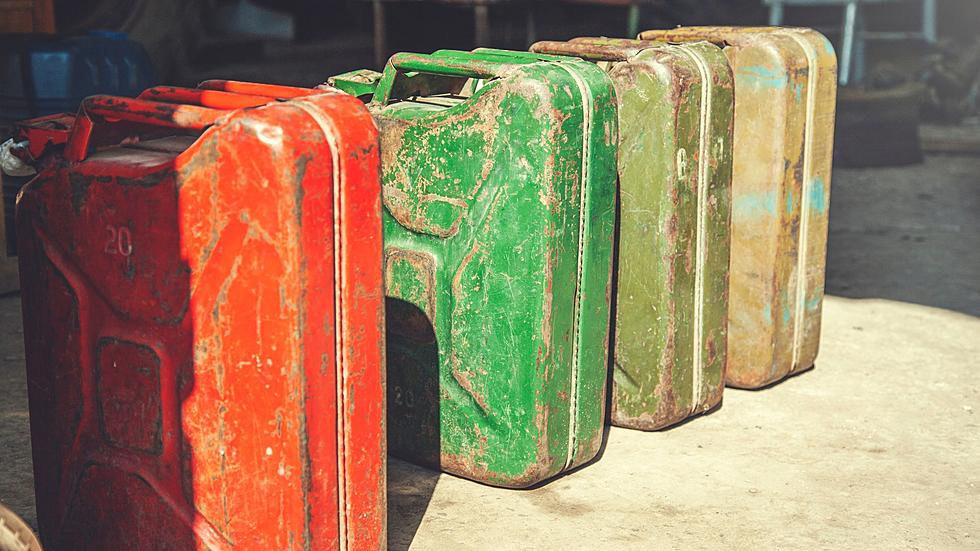
Gas Supply Limit For Michigan Residents
We have seen the ups and downs of gas prices, and our wallets seem to follow the same trend as the gas prices. Our wallets and our moods seem to be the best when the prices are lower and as much as we would like to set our own gas prices we can't. Filling our cars up with gasoline has just become one of those tasks where it's "I don't care how much it is, I have to get gas either way".
Now there are some factors that go into gas prices and most of them deal with the time of the month, readily available supply, what oil company the gas is moved through, and more but one of the biggest factors in the next few months will be war. As the unfortunate events in Israel continue to unfold, we should expect our gas prices to continue to rise. Every time this happens, we see "gas hoarders" which isn't a bad idea unless you're breaking the law.
Most places in Michigan are still ranging between the mid to high $3.00 for gas prices depending on where in the state and what gas station you choose. As the war starts to intensify there are talks of a limited supply being available so gas prices may skyrocket soon. To combat that, having some gas on hand may be a smart idea, but there are guidelines to follow that could be catastrophic if ignored.
Gas Transport
Firstly, transporting gas is one of the most important steps as this could have fatal consequences. All transportation of gasoline should be done with properly labeled portable fuel cans that are no larger than 5 gallons each or a cargo fuel tank. There is also a 4 fuel can limit per vehicle. Also make sure to use the plastic tip cover to encase the fumes of the gasoline inside of the can.
Helpful Reminders
Just a few things to keep in mind, you should only buy what you need because the rest will just go to waste, use what you already have before you purchase more, store away from your home or well to reduce fire and contamination risks, and blue is for kerosene, red for gasoline, and yellow for diesel fuel. Don’t mix these up: Putting the wrong fuel in a tank can hurt your engine’s performance (best-case scenario) or explode (worst-case).
Storage Rules
The EPA says that they discourage anyone from storing any more than 1-5 gallons of gasoline on their property. Your local fire codes and ordinances determine whether stockpiling gasoline is legal and how much you may store, most places in Michigan are somewhere between 1.5 and 3 gallons. Meanwhile, the National Fire Protection Association proposed a limit of 25 gallons but that's most likely for larger properties using cargo tanks.
So, by all means if you are concerned with gas prices or the questionable amount of gasoline that we may be given during the war in the Middle East then you may stockpile on gasoline but keep these things in mind.
LOOK: See how much gasoline cost the year you started driving
Gallery Credit: Sophia Crisafulli
Gallons Of Items That Cost More Than Gasoline
Gallery Credit: Dave Fields
STAY THE NIGHT: Historic Mobil Gas Station From 1925
Gallery Credit: Lauren Wells
